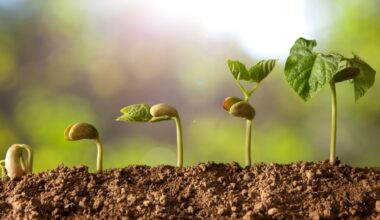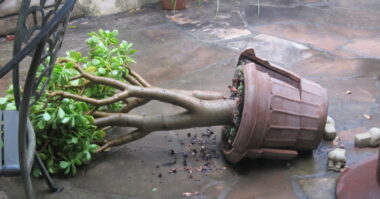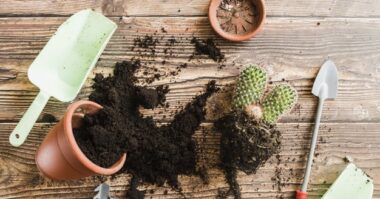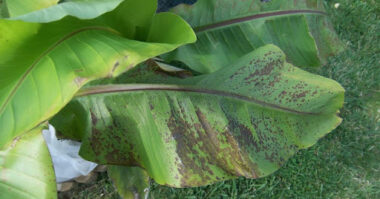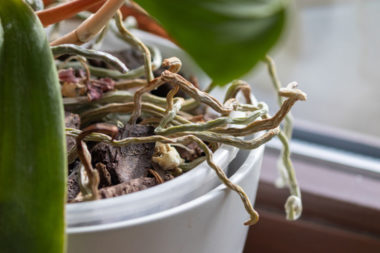In your vegetable garden, the flowers of your tomatoes tend to become dry, and they fall prematurely without producing fruit. There are several reasons for this concern that can make the upcoming harvest difficult.
This phenomenon is generally of little consequence on future harvests.
But it is nevertheless interesting to know the reasons for it and thus be able to avoid it. There are 2 scenarios:
- In high heat, the leaves curl up during the day but open with the coolness of the evening;
- Whether it is hot or not, the leaves remain curled in the evening. Whether it is hot or not, the leaves remain curled up in the evening. It is then a physiological disease called leaf curl.
Contents
Why do tomato flowers fall over?
There are many other reasons for tomato flowers to dry and fall without giving fruit:
- the flower has not been pollinated. Rare case because the wind and the agitation of the bumblebees are enough to pollinate the tomato flowers;
- a too strong heat makes the flowers sterile (at + 40°C);
- tomatoes suffer from powdery mildew. In this case, except for a preventive treatment, before the flowers bloom is really effective;
- tomatoes suffer from a deficiency of boron, it is then necessary to bring them boric acid.
- The tomato plants are not sufficiently nourished: bring a special vegetable fertilizer. And for next year, this fall, generously amend the cultivation plot that will receive the tomato plants: compost, special vegetable potting soil and a thick organic mulch to protect the soil fauna.
- The tomato plants lack water. The leaves should also help you to diagnose this lack of water: falling leaves, rolled edges. Then water abundantly.
If your plants look healthy on the whole, that the other flowers are not affected and that your tomato plants bear several fruits, let Nature do its work.
Good growing conditions for tomatoes :
- a sunny exposure ;
- a very rich and healthy soil;
- solid stakes well set in the ground;
- space for the tomato plants to grow unimpeded. If the leaves are touching each other, this is the best way to contract diseases due to fungus because of the lack of aeration in the foliage.
Unfavourable climate
The flower bears fruit only if the climate is favorable. If it is too cold or too hot, the flowers dry out and fall off. Be careful therefore that tomatoes are not subjected to temperatures below 13 degrees (this is usually the case if they are grafted too early).
But even heat becomes a problem if we exceed 35 degrees. This is one of the most common causes of flower fall in the summer garden. In this case, we can be put a shading net that preserves the plant from the heat.
Suffering of the plant
Even particularly violent diseases or attacks by insect pests can cause flowers to fall. In these cases, the state of suffering of our poor tomato plant is such that it does not have the energy to start the fruit, the flowers dry up and fall. Otherwise, the pathology directly attacks the fruit and causes it to fall by desiccation or rot.
To understand if the problem is due to a disease or a pest, you need to assess the health of the plant. In general, pathologies do not simply appear on the flower, but other symptoms (such as leaf spots) can be seen first. If we examine the plant and find it in excellent health, it is unlikely that the cause of the fall is a pathogen.
Tomatoes fall and wither after the harvest?
Poorly harvested – a common cause of falling and tomatoes cause the trunk and leaves to deteriorate, fade and fall. To avoid such consequences, follow each of the preparation rules.
The main handling points to avoid damage to the seedlings and to avoid possible damage to the root system and stem are as follows:
- The seedlings plunge after the appearance of the first 3 real leaf patches.
- To form a strong root, you have to pinch the longest root to the third of the length.
- When transplanting, the hole must be deep and wide so that the roots do not roll up.
- Soil composition must be correct – acidic soils with low airborne levels for tomatoes are not suitable.
Poor watering
When the cotyledon withers and falls off, it indicates overflow. After harvest, the need for moisture in young tomatoes decreases – it is not necessary to water the plants for 2-3 days. Plunging, to prevent excess moisture, is recommended in transparent containers with a drainage hole in the bottom and walls.
This will not only allow you to control the moisture level of the soil mixture, but will also improve the degree of oxygen saturation of the soil, since the plastic is airtight. Tomatoes are moisture loving plants, but it is important not to overfill them as watering will cause the following consequences:
- the root system begins to rot;
- the stems and leaves wilt;
- the seedling stops growth and development;
- the foliage curls and turns yellow;
- there is a musty odor.
According to the results, the seedlings fall and die. It is possible to keep the plants after the overflow, but measures must be taken at the leaf suspension stage. It is necessary to turn the container over with the seedlings and check the drainage hole – its presence, as well as the fact that it is not blocked. After cleaning the drainage, the excess liquid will drain into the pan and the young plants will recover.
The tomato is one of the crops that likes heat and is very afraid of frost. To avoid a situation where you have to …
Lack of watering also causes tomato plants to die. When the soil mixture is dry and loose in the container with the young plants, the tomatoes fall and wilt at the roots due to lack of water. Watering of the tomato plants should be regular, medium-abundant.
Each subsequent moistening of the soil is carried out exclusively after the top layer of soil has dried out. It is necessary to produce “dry irrigation” – daily loosening of the soil before irrigation, so that the soil is filled with oxygen and the root system of the young plants can be saturated with it.
Diseases affecting tomato plants
If tomato care standards were fully respected, seedlings could also decline. This is due to the possibility of the development of various diseases on tomatoes. They occur when the soil is not disinfected or when adjacent pots with vegetation are damaged. Disease treatment is determined by the degree of damage to the tomatoes. The most common fungal and bacterial lesions:
- Fusarium
- rot
- black leg
Each disease is determined by its characteristic symptoms. These violations result in the dieback of the plant: yellowing of the leaves and progressive death of the trunk. If the situation does not work, part of the tomato can always be saved. However, if the disease has caused considerable damage to the tomatoes, most of them will have to be destroyed in order to preserve the vegetation.
Summary
Growing tomatoes using the planting method is not a difficult task, which even inexperienced vegetable growers can do. Planting is done at a certain time – when the temperature and the amount of light is already sufficient for the normal development of the tomato (late February, first days of March).
Seeding also requires timely watering, but care must be taken to ensure that the soil is not too wet. Cultivating tomato plants is not difficult, for this it is necessary to respect the following conditions and to prepare these materials:
- suitable surface – table, window sill;
- floor mix;
- seed material;
- Seed containers.

